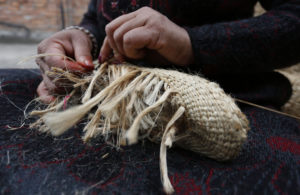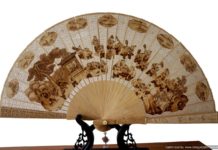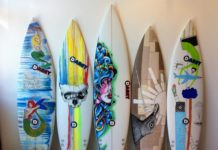As the name suggests, these shoes are made of rice straw and jute string. They are mostly used for in-house purposes as room shoes and are obligatory for death rituals. Also new mothers use these shows during first twelve days of the birth of a child. Of late, however, new mothers have started using other warmer sandals.

Locals of Siddhipur village in Lalitpur has been making straw products for centuries. Even today, at least 1,300 households still make straw products—not all for commercial purpose though. The craft is locally known as shu ya lakkan (shu is straw and lakkan means shoes in Newari). The traditional art of making straw shoes is dying, but not because of shrinking market. It is dying because most of these families are well off and do not focus on mass production (they make it during their leisure time only and hence they cannot supply in the large volume required by importers). In case of jute shoes, lack of raw materials and falling demand is discouraging artists.
Dried straw is needed to make straw shoes. The straw is dipped in water to soften it and woven using knot-making process with the help of fingers. Artists use their feet to hold straw tightly, pulling the straw towards oneself, and then put two middle fingers between the middle cord and then weave straw over and around as per the required size. They start weaving from the middle of the straw so that it is easier for them to trim after the shoe is ready. The process is same for jute shoes.
Straw and jute shoes are available in small shops in Newari towns like Mangalbazar and Ason. One can directly contact the producers.





